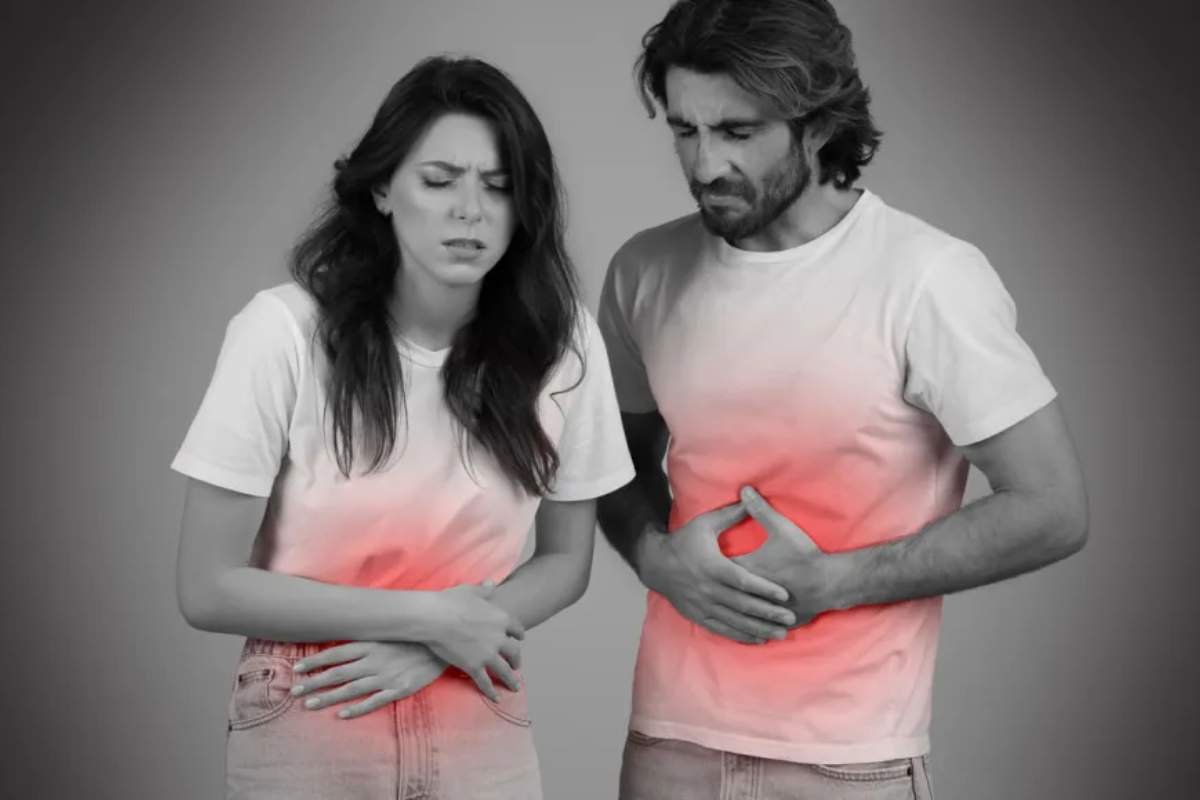Introduction:
Cobblestone Throat, also known as posterior pharyngeal wall cobblestoning, is a medical condition characterized by the appearance of raised, irregular patches or bumps on the back of the throat. These cobblestone-like formations are typically caused by chronic irritation or inflammation of the pharyngeal mucosa, resulting in the thickening and swelling of the tissues in the throat.
The presence of Cobblestone Throat is often associated with underlying health conditions, such as allergic rhinitis, chronic sinusitis, gastro esophageal reflux disease (GERD), and postnasal drip. In allergic rhinitis, exposure to allergens triggers an inflammatory response in the nasal passages and throat, leading to congestion, swelling, and the formation of cobblestone-like bumps. Similarly, chronic sinusitis and postnasal drip can cause mucus accumulation in the throat, further exacerbating inflammation and irritation.
Common symptoms of Cobblestone Throat include:
- Sore throat
- Difficulty swallowing
- Hoarseness or voice changes
- Persistent cough
- A sensation of a lump in the throat
- Excessive throat clearing
- Postnasal drip
Diagnosis of Cobblestone Throat

Diagnosing Cobblestone Throat typically involves a thorough medical evaluation, including a physical examination of the throat and neck, a review of symptoms, and possibly additional tests or imaging studies to assess the underlying cause. Flexible laryngoscopy or nasal endoscopy may be performed to visualize the throat and identify any abnormalities, such as cobblestone-like bumps or signs of inflammation.
In some cases, a throat culture or swab may be taken to check for bacterial or viral infections, which could be contributing to the cobblestone appearance. Additionally, blood tests may be conducted to assess for underlying conditions such as allergies or autoimmune disorders. Imaging studies like CT scans or MRIs may also be ordered to get a more detailed view of the throat and surrounding structures. Once a diagnosis is made, appropriate treatment options can be recommended to alleviate symptoms and address the underlying cause of Cobblestone Throat.
Treatment of Cobblestone Throat
Treatment options for Cobblestone Throat depend on the underlying cause and severity of symptoms. In cases where Cobblestone Throat is related to allergic rhinitis or sinusitis, treatment may involve allergy management, nasal decongestants, antihistamines, corticosteroids, or saline nasal irrigation to reduce inflammation and alleviate symptoms. For individuals with GERD-related Cobblestone Throat, lifestyle modifications, dietary changes, and medications to reduce stomach acid production may be recommended to prevent acid reflux and minimize throat irritation.
In addition to medical treatment, certain home remedies and lifestyle modifications may help manage Cobblestone Throat and promote throat health. These may include:
- Drinking plenty of fluids to stay hydrated
- Gargling with warm salt water to soothe throat irritation
- Using a humidifier to add moisture to the air and prevent dryness
- Avoiding known allergens or irritants that trigger throat symptoms
- Practicing good oral hygiene to reduce bacterial growth in the mouth and throat
- Quitting smoking and avoiding exposure to secondhand smoke, which can irritate the throat lining
Prevention of Cobblestone Throat

Preventing Cobblestone Throat involves identifying and addressing underlying health conditions or environmental factors that contribute to throat irritation and inflammation. This may include managing allergies, treating sinus infections promptly, maintaining good oral hygiene, and adopting healthy lifestyle habits to support overall throat health.
Furthermore, individuals can take preventive measures to minimize exposure to potential irritants or allergens that may exacerbate throat inflammation. This may involve avoiding cigarette smoke, air pollution, and other environmental pollutants that can irritate the throat lining. Additionally, staying hydrated by drinking an adequate amount of water throughout the day can help keep the throat moist and reduce irritation.
Practicing good vocal hygiene is also essential for preventing Cobblestone Throat, especially for individuals who frequently use their voice or engage in activities that strain the vocal cords. This includes avoiding excessive shouting or talking loudly for extended periods, as well as taking regular breaks to rest the voice.
Maintaining a balanced diet rich in fruits, vegetables, and whole grains can also support overall throat health by providing essential nutrients and antioxidants that promote tissue repair and immune function. Foods high in vitamin C, zinc, and omega-3 fatty acids, such as citrus fruits, nuts, and fatty fish, may be particularly beneficial for reducing inflammation and supporting immune health.
Finally, practicing stress-reduction techniques such as mindfulness, meditation, or yoga can help minimize the impact of stress on the body, including the throat. Chronic stress can weaken the immune system and increase susceptibility to throat infections and inflammation, so finding healthy ways to manage stress is essential for maintaining throat health and preventing conditions like Cobblestone Throat.
Conclusion:
In conclusion, Cobblestone Throat is a common condition characterized by the presence of raised, irregular patches or bumps on the back of the throat. It is often associated with allergic rhinitis, chronic sinusitis, GERD, and postnasal drip, and can cause symptoms such as sore throat, difficulty swallowing, and hoarseness. Diagnosis typically involves a physical examination and may require additional tests or imaging studies to determine the underlying cause.

Treatment options include addressing the underlying condition, managing symptoms, and adopting lifestyle modifications to promote throat health and prevent recurrence. By understanding the causes, symptoms, diagnosis, and treatment of Cobblestone Throat, individuals can take proactive steps to maintain throat health and improve overall well-being.
FAQs
1. What causes a Cobblestone Throat?
Cobblestone Throat is often caused by post-nasal drip from allergies, sinus infections, or other respiratory conditions. It can also result from irritation due to environmental factors like smoking or air pollution.
2. How is Cobblestone Throat diagnosed?
Diagnosis typically involves a physical examination of the throat, including visual inspection for cobblestone-like bumps or signs of inflammation. Flexible laryngoscopy or nasal endoscopy may be performed to visualize the throat more closely.
3. Is Cobblestone Throat contagious?
No, Cobblestone Throat itself is not contagious. However, the underlying conditions that cause it, such as allergies or infections, may be contagious.
4. Can Cobblestone Throat be treated at home?
Mild cases of Cobblestone Throat may improve with home remedies such as gargling with salt water, staying hydrated, and avoiding irritants like cigarette smoke. However, severe or persistent symptoms may require medical treatment.
5. When should I see a doctor for Cobblestone Throat?
It is advisable to see a doctor if you experience persistent throat pain, difficulty swallowing, or other concerning symptoms associated with Cobblestone Throat. A healthcare provider can evaluate your condition and recommend appropriate treatment options.

8 Reasons Why Your Throat Burns
The sensation that something is burning or hurting in your throat is not often the reason for alarm. A painful throat is most often brought on by a common illness, such as the common cold or strep throat burns. Extremely seldom does a significant ailment result in the manifestation of this symptom.











